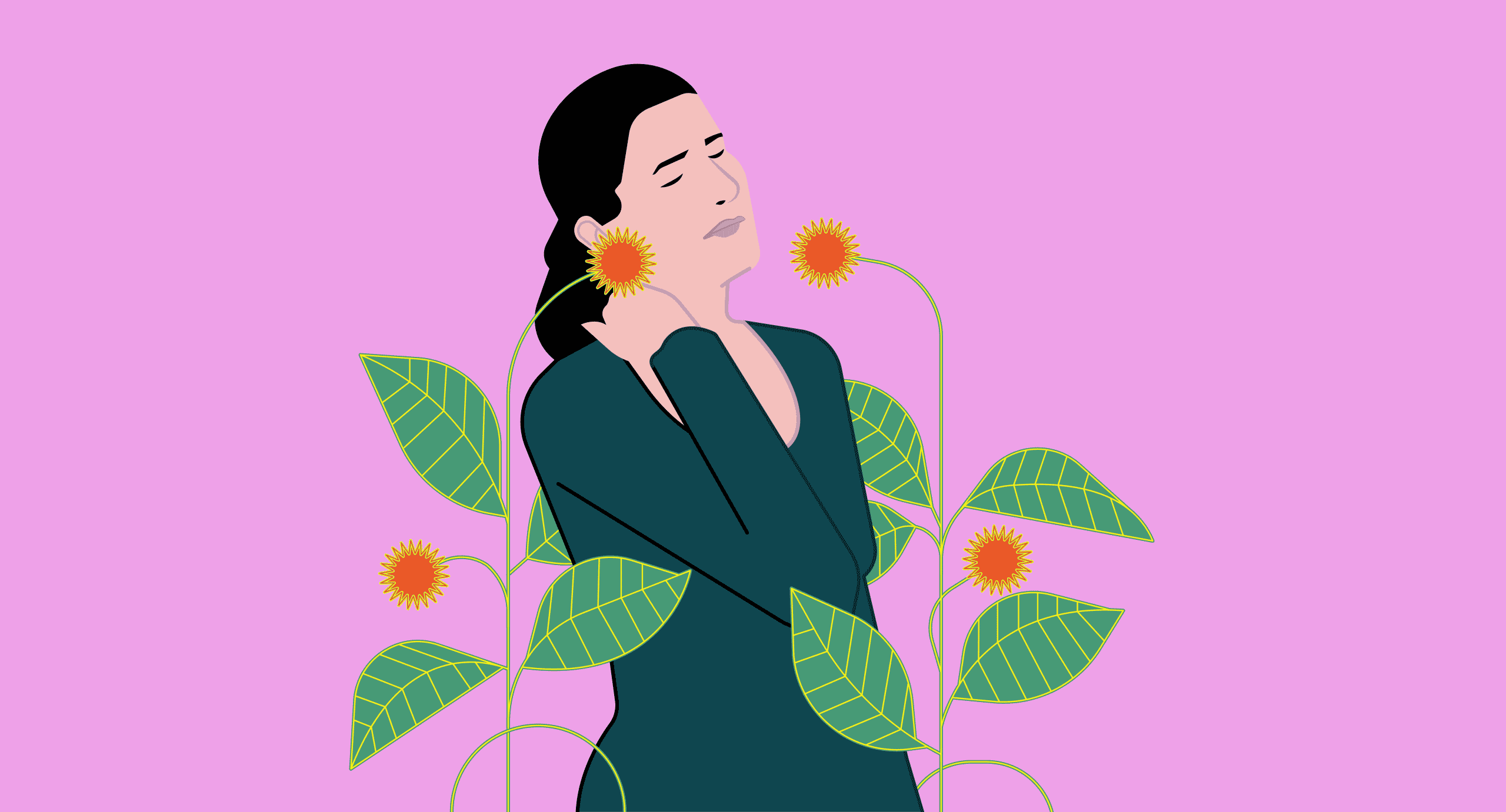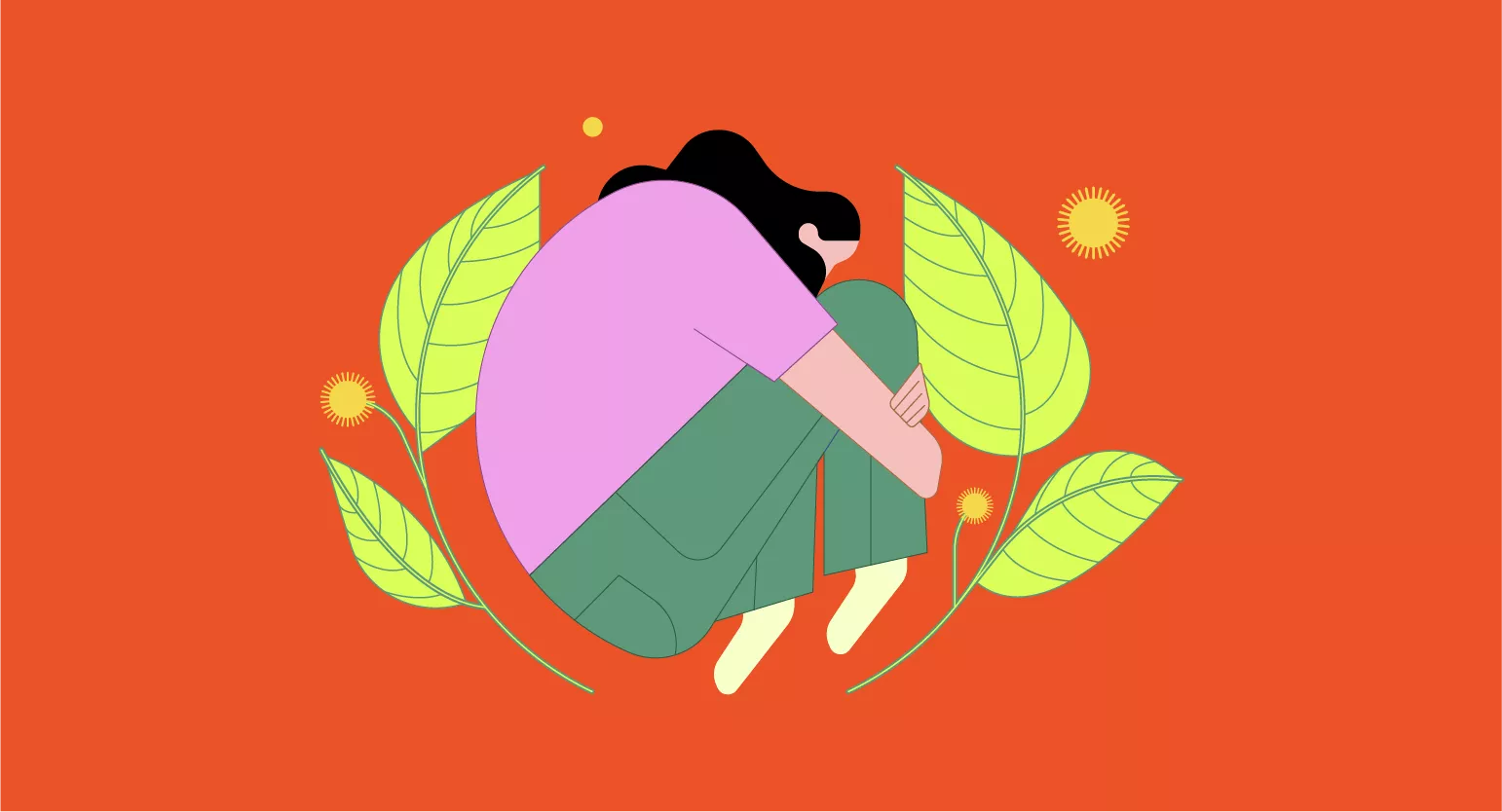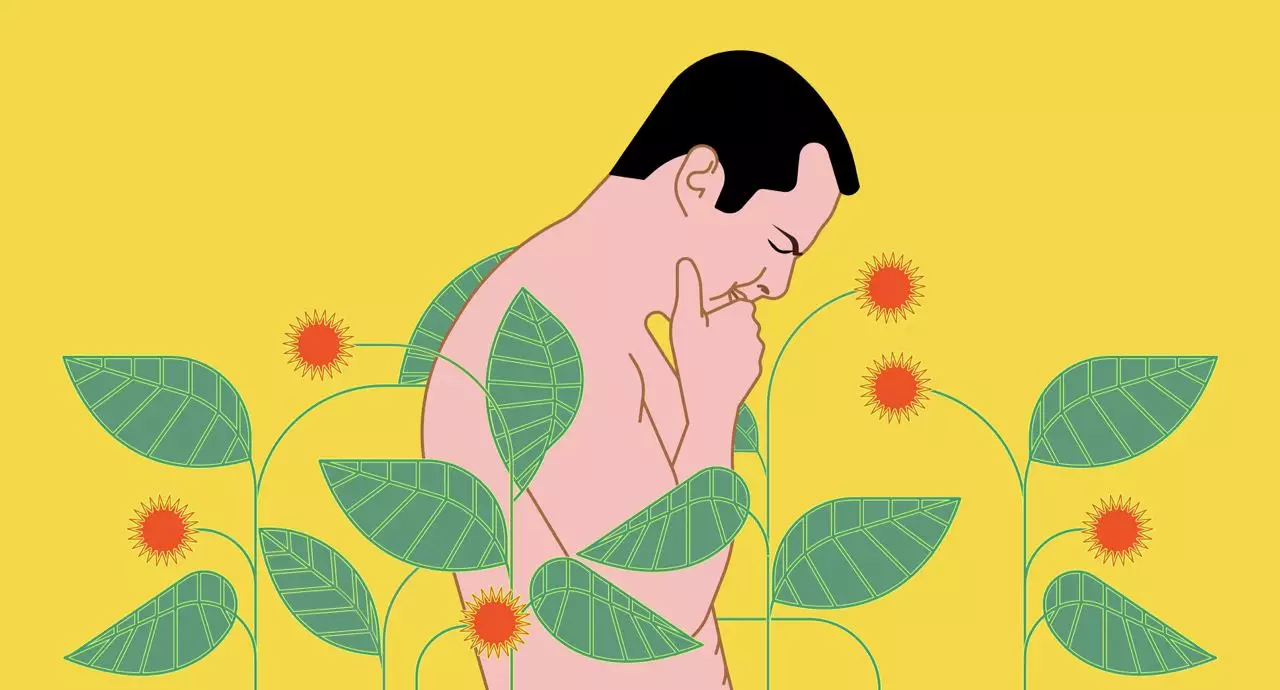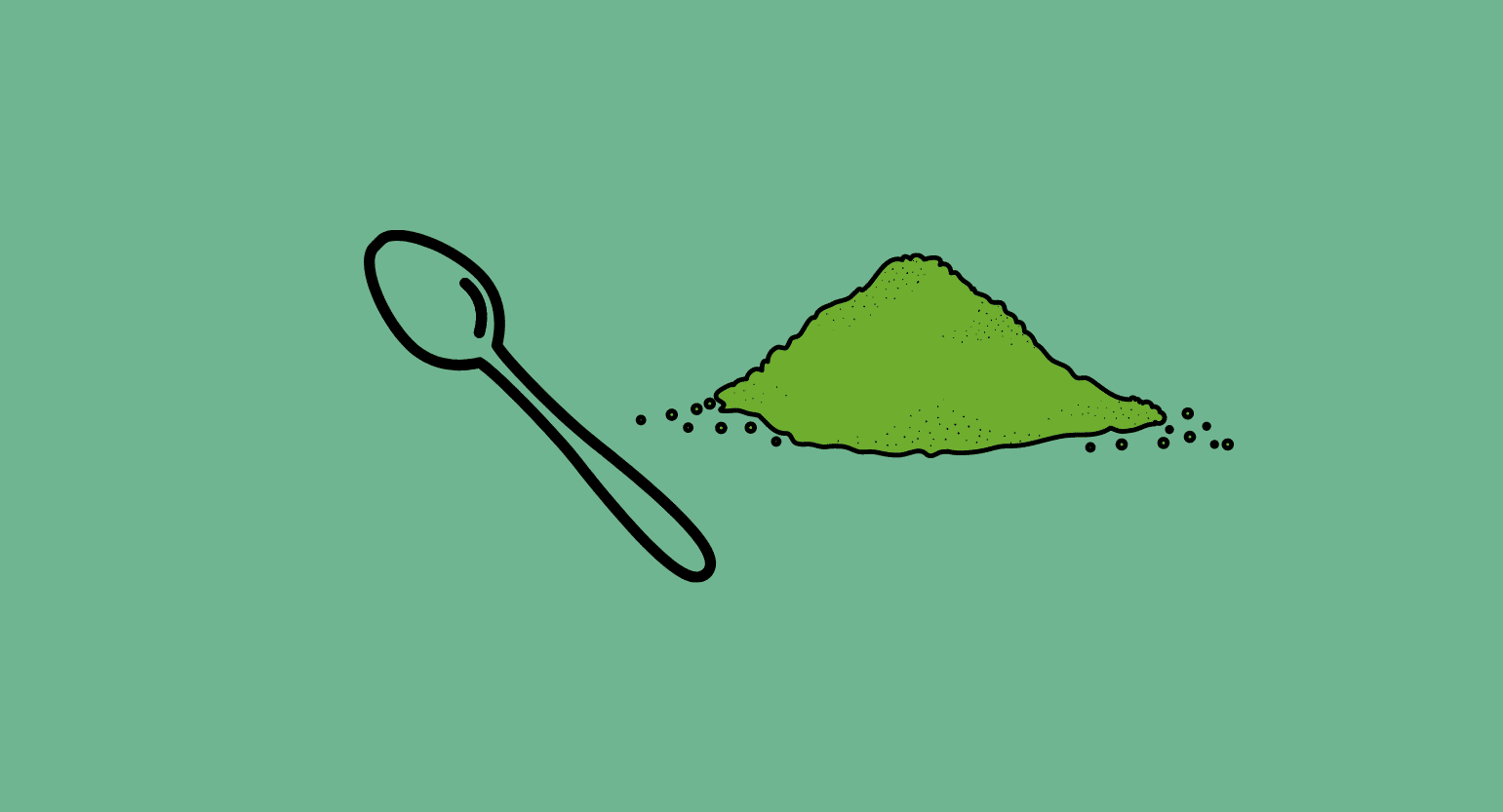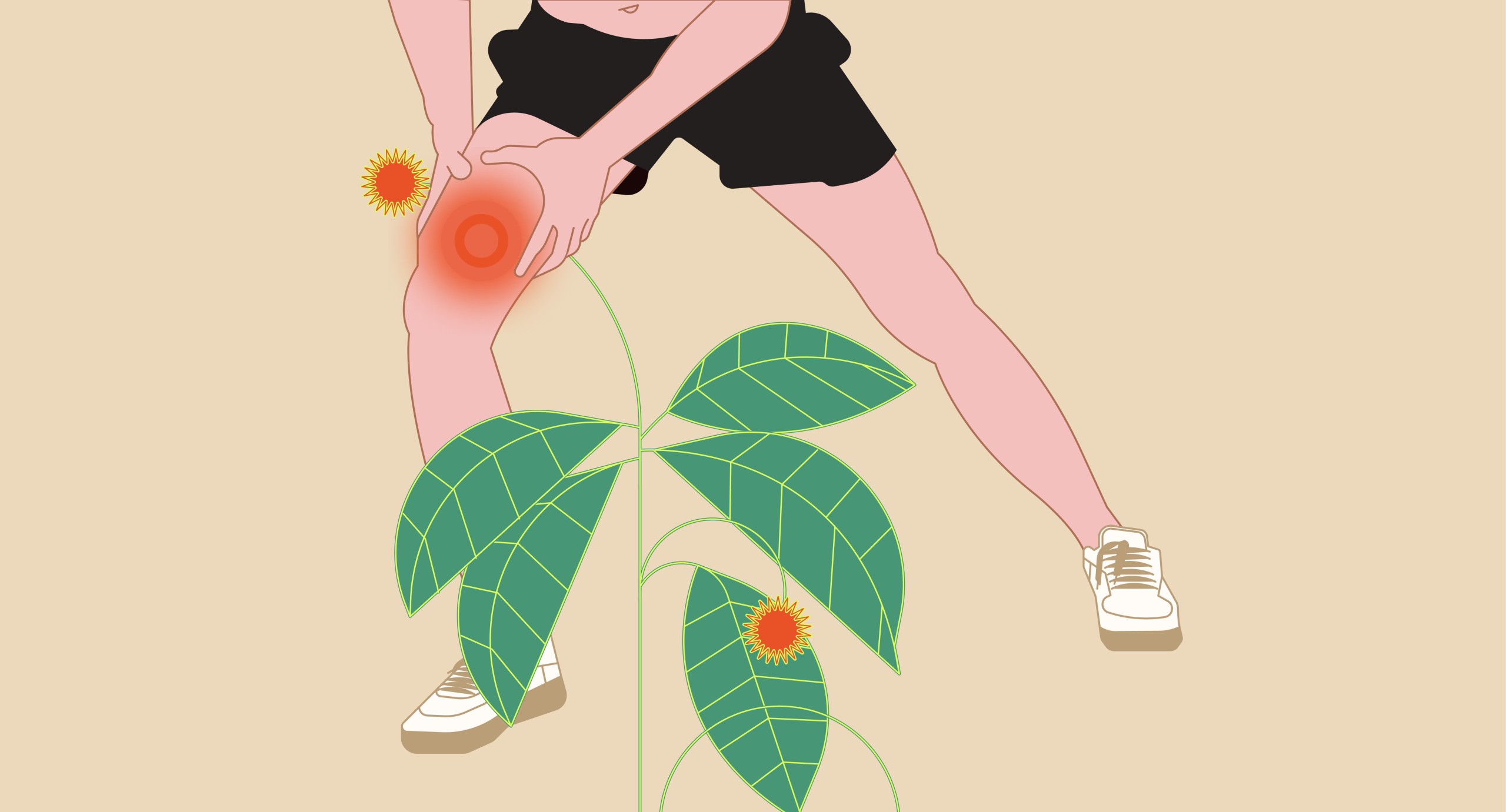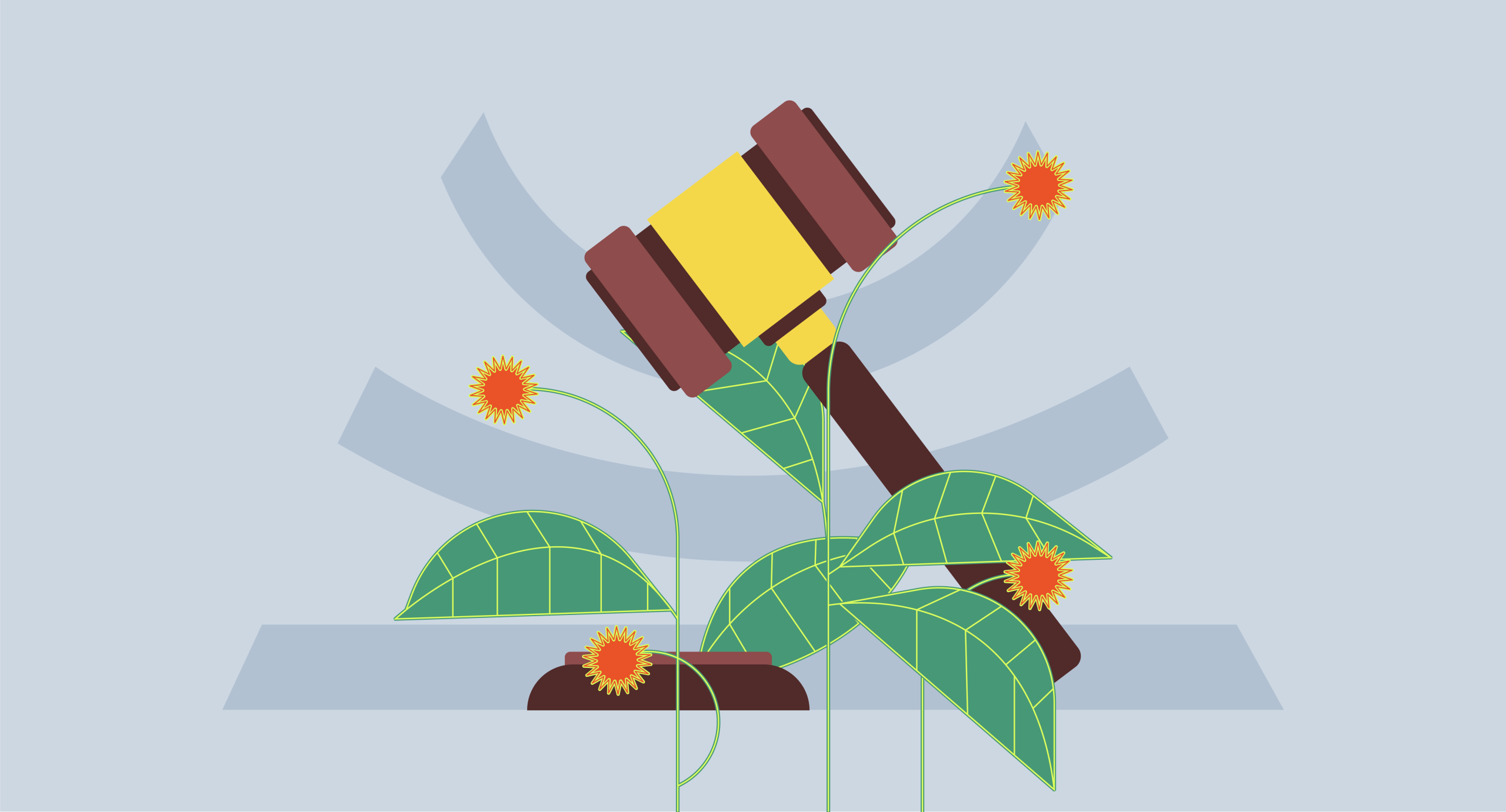What Is Red Jongkong Kratom?
Red Jongkong kratom is sourced from the Jongkong jungle. It’s harvested from old kratom trees growing naturally in the jungle.
The Jongkong jungle is actually a part of Kalimantan Barat in India. This means that Jongkong kratom could also be considered an offshoot of Kali (Kalimantan) kratom.
This part of Indonesia is where the Kapuas River flows. This is a lush and healthy area known for its productive vegetation.
The Jongkong village has used kratom for many thousands of years. Here, natives use the plant to help them with their workdays. It is also used to help relieve stress.
Red Jongkong kratom is a red vein strain. While Red Jongkong does have a slightly red tint, it’s still closer to a green vein kratom in terms of its effects.
Red Jongkong, like other red kratom strains, is known for producing relaxation and pain relief. This is different from green and white strains, which are noted for higher levels of stimulation.
What Does Red Jongkong Kratom Do?
Red Jongkong functions similarly to other red strains. However, many users report that it errs on the stimulating side when compared to some of the more potent sedative strains like Red Bali.

Here’s a quick summary of what you can expect from Red Jongkong:
- Energy: ⭐️⭐️⭐️ — Red Jongkong is slightly more stimulating than other red strains.
- Anxiety relief: ⭐️⭐️⭐️ — Red Jongkong is fairly good for reducing anxiety
- Pain relief: ⭐️⭐️⭐️ — Red Jongkong is a good analgesic.
- Mood: ⭐️⭐️ — Red Jongkong can produce some positive mood changes.
- Sedation: ⭐️⭐️⭐️ — Red Jongkong can be sedating in high doses.
Pain Relief
Red Jongkong kratom is most often used as a pain reliever. Much like other red strains, it contains a higher concentration of pain-killing alkaloids than green or white strains.
Red Jongkong is certainly not the most potent of the pain-killing kratom strains. However, it works well for those who require mild-to-moderate pain relief.
Anxiety Relief
Red Jongkong kratom is a good strain for helping to reduce anxiety. It contains as much anxiety-fighting power as some of the more potent red strains.
However, since Red Jongkong is not the most powerful sedative, people may find it preferable. It can reduce anxiety without necessarily sedating you or causing you to feel sleepy.
Sedation & Sleep Support
Red Jongkong kratom can cause sedation and promote sleep, but this is more apparent at higher doses. Sedation and pain-killing effects generally go hand-in-hand, so if you’re hoping to use Red Jongkong for pain relief, you can expect sedation.
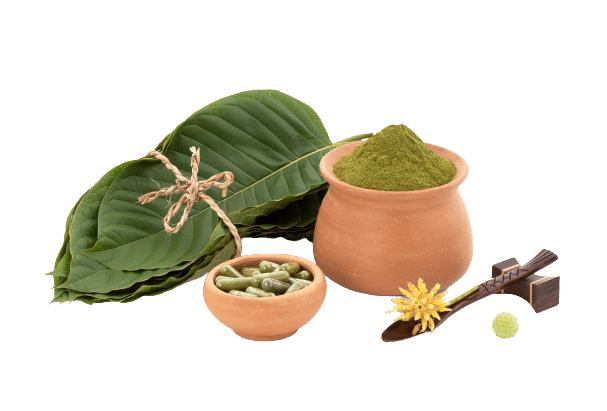
Where to Buy Red Jongkong Kratom
Although this red vein strain is popular for its pain-relieving properties, getting your hands on high-quality Red Jongkong kratom powder is not a walk in the park.
You can buy this strain with peace of mind at Star Kratom and Kona Kratom. These vendors are among our favorite suppliers of kratom powder and capsules.

Star Kratom
Dosage of Red Jongkong Kratom
Kratom is a very interesting plant in the sense that its effects vary depending on your dosage. The same strain of kratom can have seemingly contradictory effects depending on how much you take.
Researchers aren’t entirely sure why this is the case. However, it is speculated that the reason for this is the different actions of some of the alkaloids present in kratom.
Some alkaloids are known as agonists. These are compounds that stimulate or agonize certain receptors in the body.
Other compounds are known as antagonists. These do the opposite of agonists: they fill up the receptor sites without activating them.
It is believed that kratom contains a unique mixture of agonists and antagonists. At low doses, certain agonists may overpower the antagonists. At higher doses, the opposite may be true.
In either case, we know for certain that lower doses tend to be more stimulating, whereas higher doses are going to be more relaxing:
- Red Jongkong dosage for energy: between one to three grams. Red Jongkong has a more stimulating profile than some other red strains.
- Red Jongkong dosage for relaxation/anxiety relief: between two to five grams.
- Red Jongkong dosage for sedation/pain relief: between four to eight grams.
Remember, these doses can vary quite a bit depending on things like your age, height, metabolism, etc. Start with small doses and try to find your sweet spot. Then, if you notice yourself building up a tolerance, reduce your usage.
Related: How Long Should I Wait Between Kratom Doses?

Side Effects of Red Jongkong Kratom
Red Jongkong kratom, and kratom in general, is a fantastic plant. It has helped innumerable people find relief from short and long-term health issues. However, it would be foolish to say that kratom is immune from causing side effects.
Of course, most side effects can be managed by reducing your use. If you’re experiencing undesirable effects, then your body is either warning you that it disagrees with the kratom or that you’re taking too much.
Here are a few examples of Red Jongkong kratom’s side effects.
Addiction & Dependence
Many would suggest that kratom is not addictive.
While it would be nice if this were the case, it’s not. Beating around the bush leads to misinformation, confusion, and much of the bad press that kratom is receiving nowadays.
Kratom is certainly less addictive than prescription painkillers; however, just like anything, it can create an addiction if you use too much of it.
Kratom contains several alkaloids that act on opioid receptors. They produce relaxation by stimulating these receptors and also by decreasing stimulation on some of the excitatory systems in our brain, such as glutamate.
Your body is always trying to maintain a state of balance. Your body will respond in turn when something upsetting this balance.
With herbal supplements like kratom, your body will respond by upping or downing the production of certain neurotransmitters.
If you use herbs once in a while, this is fine and will produce no noticeable change. However, if you’re using kratom every day, your body will go through some changes.
One of the changes is caused by the downregulation of the opiate system. This happens because your body is trying to maintain homeostasis by balancing out the stimulation of your opiate receptors.
In other words, it’s shrinking back from the excessive input.
This is what happens when people develop tolerance.
If you’re finding that you’re not getting the same effects from the same dosage, this means that you’re developing a tolerance. This also means that it’s time to slow down your usage.
If you don’t heed this important warning sign and continue to use kratom, your body will eventually become dependent on it.
If this happens, you may experience withdrawal symptoms when you stop using it. This is the period during which your body attempts to readjust to the state that it was in before you used kratom.
Acknowledging the addictive potential of kratom is important. It keeps people safe because it ensures they know what to avoid to prevent it.

Dehydration
Red Jongkong kratom can be dehydrating, especially at higher doses. The kratom leaf is highly astringent and tends to create the sensation of moisture being sucked away from the tissues in your body.
This means it’s important to drink lots of water when taking kratom. Drinking an electrolyte beverage is a great idea, as herbal supplements can alter your electrolyte levels.
Constipation
Kratom tends to slow down the digestive system. If you’re using it every day, then you might develop constipation.
Staying hydrated and eating lots of fibrous foods (like fruits and vegetables) can help prevent constipation. And remember, if you’re getting constipated, this could be a sign you’re dosing too high or too often.
Kratom Wobbles
Red Jongkong kratom is known to cause an interesting side effect known as the wobbles. The wobbles are akin to the jittery effect people get when consuming too much caffeine.
However, whereas the jitters are caused by overstimulation, the wobbles are caused by oversedation. If you eat too much Red Jongkong kratom, you may find yourself dizzy and queasy.
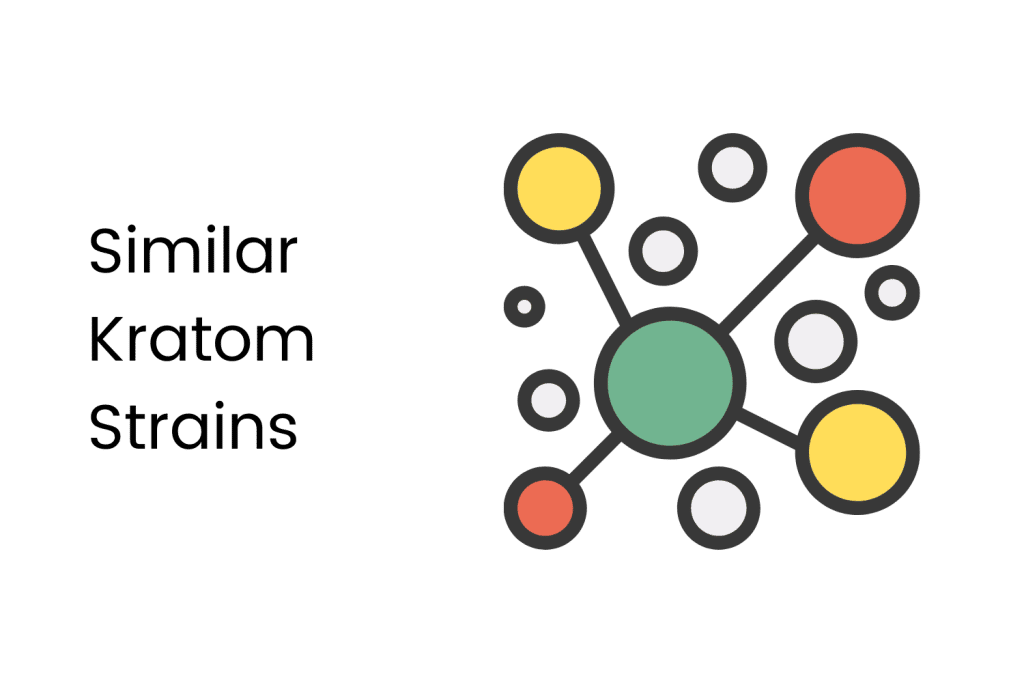
Similar Kratom Strains
If Red Jongkong doesn’t sound like the perfect strain for you, then you may want to check out some of these other options.
Red Maeng Da Kratom
Red Maeng Da is a strain well-known for its potency. Like Red Jongkong, it tends to have slightly more stimulatory effects than strains like Red Bali.
If you’re looking for something with a similar alkaloid profile as Red Jongkong, check out Red Maeng Da. It’s easier to find and often cheaper than Jongkong.
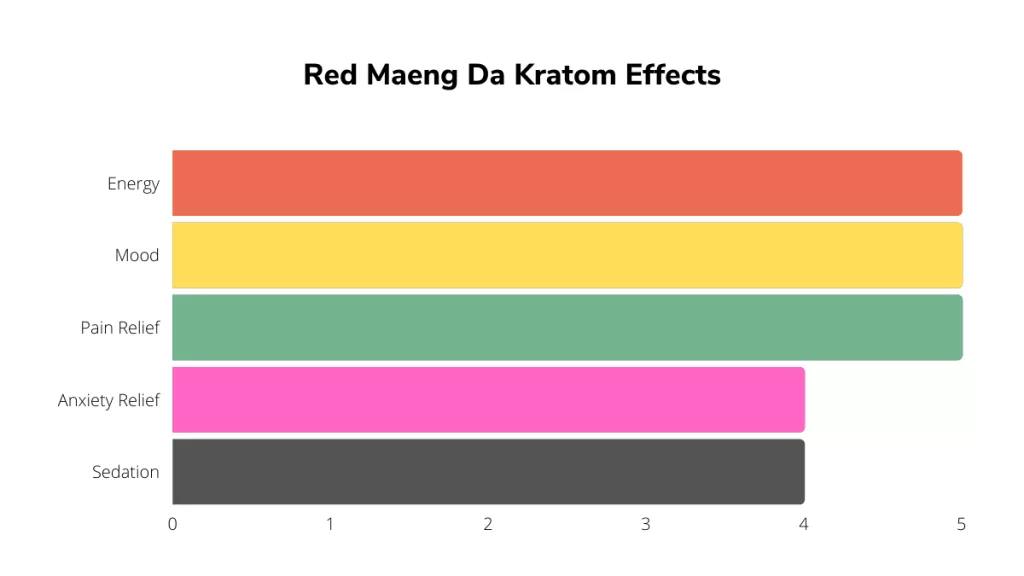
Red Bali Kratom
Red Bali kratom is one of the hardest-hitting strains of kratom. It is renowned for its powerful analgesic and sedating properties. If you’re looking for anxiety or pain relief, Red Bali may be the best strain.
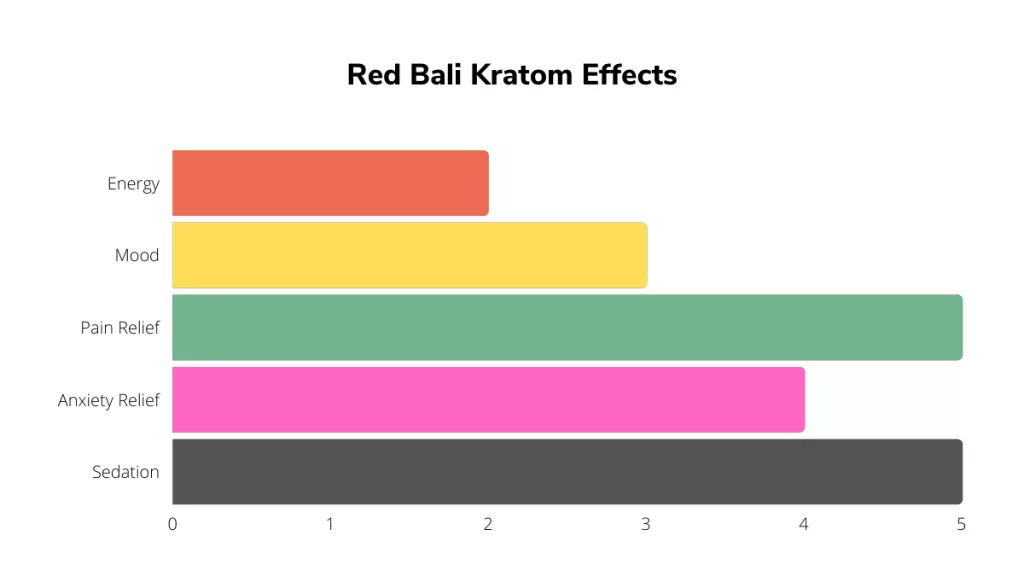
Green Kali Kratom
Green Kali kratom comes from the same region of Indonesia as Red Jongkong. Both are from the Kalimantan. Green Kali is much more stimulating and energetic than Red Jongkong. This is a good strain if you’re looking for something to help you push through the day.
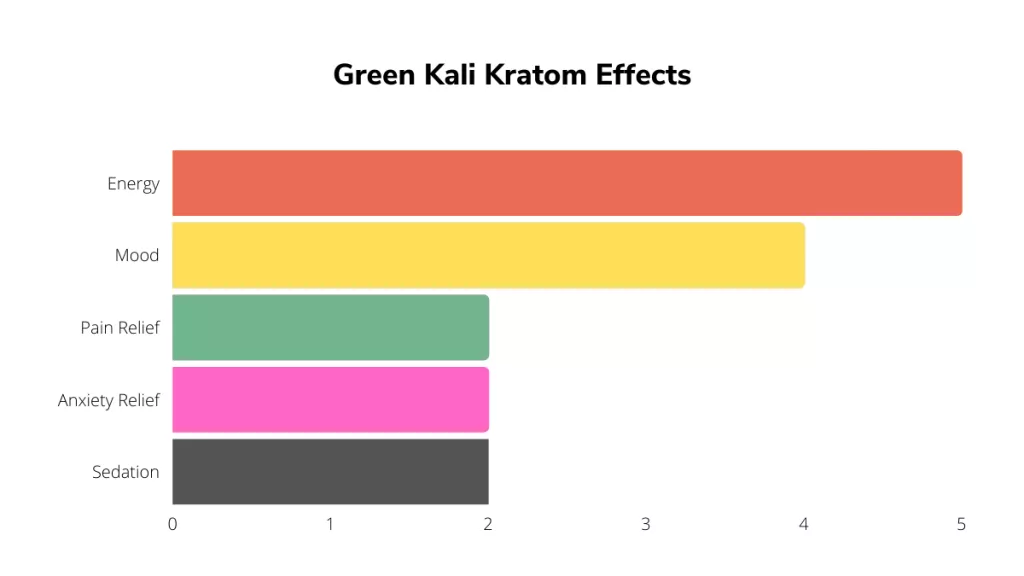
Final Thoughts: Red Jongkong Kratom
Red Jongkong kratom is a unique blend of kratom hailing from the Jongkong jungle. While it provides similar benefits as other red strains, some users report that it’s a bit more stimulating.
This strain is certainly worth trying if you’re a kratom connoisseur or if you’d like to get some kratom harvested from the jungle rather than from a farm.


